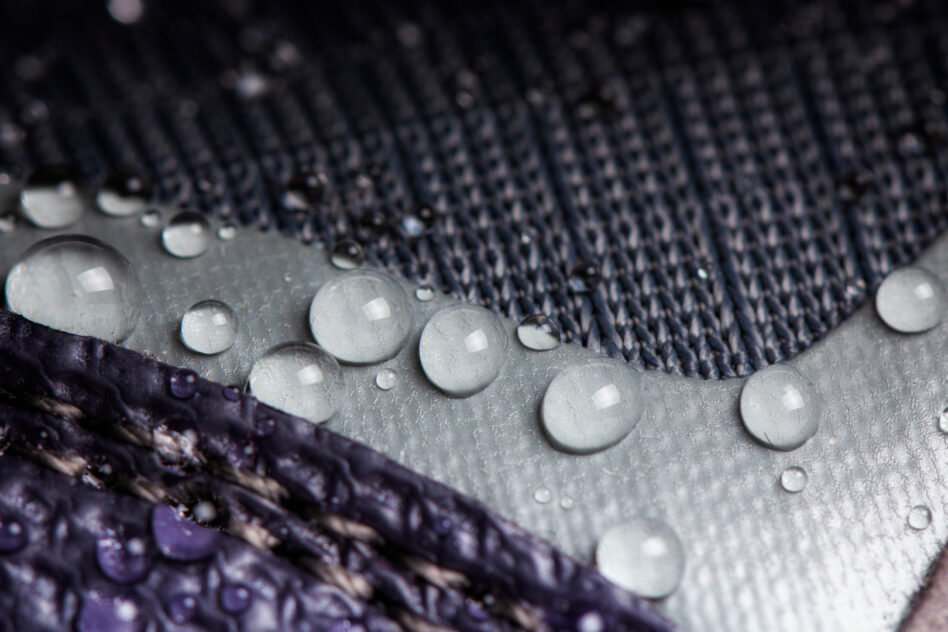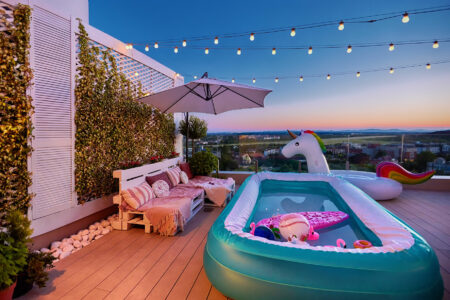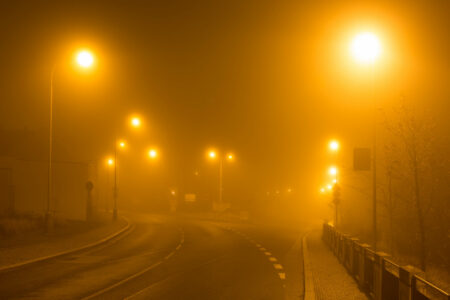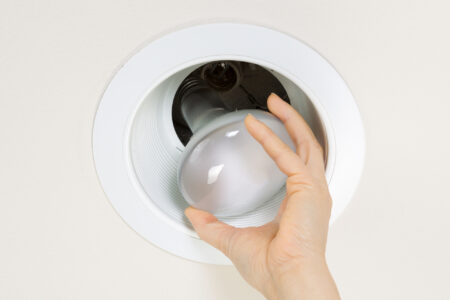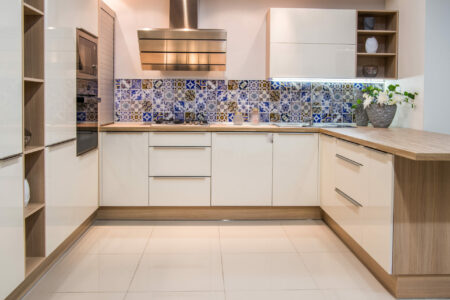When adding LED strip lights to any room in your home, it pays to know if they’re waterproof because different rooms require different levels of water protection. So, in this article, we’re breaking down everything you need to know about waterproof LED lights. Let’s dive in!
Are LED Strip Lights Waterproof?
No, LED strip lights are usually not waterproof. However, you can get waterproof LED strip lights or even partially waterproof ones for maximum safety.
Usually, LED strip lights are placed on walls or alongside the ceiling where it’s unlikely they’ll have water anywhere near them. However, if you want to place LED strip lights for stunning effects in your drawers, shelves, or anywhere in your bathroom or kitchen, it’s better to get waterproof lights to avoid accidents.
How to Know If LED Strip Lights Are Waterproof
You can tell if LED strip lights are waterproof or not just by looking at them. Waterproof LED strips have a resin outer surface that encloses the entire strip.
Additionally, all LED lights have a specific ingress protection (IP) rating, which is usually written on the packaging or on the LED strip itself. The lights’ IP determines how well-protected they are.
LED IP Ratings
IP consists of two numbers. The first number determines the level of protection the light has against dust and debris, whereas the second indicates the level of protection against moisture.
The first level of protection ranges from 0, meaning no protection, to 6, which is dust tight. The second number ranges from 0, which indicates it has no waterproofing, to 8, meaning protection against the effects of permanent submersion in water, like in swimming pools and fish tanks.
Hence, if you want your LED strip lights to be waterproof, you’ll need an IP between IP65 and IP68.
- IP65: resistant to water jets from any angle, but not waterproof.
- IP67: resistant to temporary submersion, but not completely waterproof.
- IP68: resistant to permanent submersion up to three meters.
Which LED Strip Lights to Get
You should get the correct LED strip lights depending on their placement. If you’re placing LED lights in your bedroom or living room, non-waterproof LED lights would be ideal.
On the other hand, if you’ll be placing the LED strip lights in the bathroom or kitchen, opt for IP62 or IP65 to protect them from getting accidentally sprayed with water.
If the LED strip lights are in an outdoor area, then you need to go with a higher IP rating to protect the lights from rain, especially if you live somewhere that gets a lot of rain or snow. In this case, IP67 or IP68 would be your best pick.
Lastly, IP68 LED strip lights are water-tight. This makes them ideal if you want to submerge the LED lights directly into your swimming pool for a long period.
What Happens If LED Strip Lights Get Wet
Many things could happen if your LED lights get wet depending on their waterproof rating. If your LED lights aren’t waterproof, wetting the lights might result in electrocution.
Your waterproof LED strip lights can also be affected by water. For example, the lighting quality might become poor, the lifespan of the whole strip of light might decrease, or the adhesive might stop working altogether.
What to Do If LED Strip Lights Get Wet
You must take immediate action once the LED lights get wet. First, ensure your safety, then follow these instructions:
- First, quickly remove the LED lights from the power source, but make sure you don’t come in contact with the wet part of the strip.
- After that, dry the LED strip using a towel, and place the lights in a sunny area for two days until they dry completely.
- Check the IP rating of your LED strip lights and assess if they’re protected enough.
- Finally, connect the LED strip lights to a power source to check if they work!
How to Waterproof LED Strip Lights
Luckily, you can waterproof your LED strip lights at home. Yet, we do have to mention that if you’re going to submerge the light strips in water, the safest option is to get well-sealed IP68 LED strip lights.
However, if you’re placing them somewhere that gets little moisture, you can upcycle your old LED lights instead of throwing them away.
Here’s how:
Silicone Spray
The first method to waterproof your LED strip lights is to use waterproof silicone spray. This will give you a somewhat moisture-proof LED strip equivalent to IP62.
The reason we love this method is that it’s incredibly easy. Plus, you don’t need any additional tools to get the job done. Simply apply the silicone, let it dry, and you’re done!
The only thing to keep in mind before using silicone spray is that the lights need to be extremely clean. So, give it a final wipe before spraying to avoid trapping any dust particles within the silicone.
Heat Shrink Tubing
Sealing LED strip lights with heat shrink tubing is easy and safe. Just make sure you get transparent tubing, then apply it to the lights to give you an IP65 waterproof rating.
To start, first measure the LED strip. Then, cut the heat shrink tubing and use a blow-dryer, or any heat source, to shrink the tube.
The best part is that you can easily remove the tubing if you mess up at any point, or if you want non-waterproof LED strip lights for any reason!
Epoxy Resin
Epoxy resin is one of the most heavy-wearing waterproofing materials on the market. That’s because it creates an air-tight seal that lasts for a long time. In fact, you can waterproof your pool using epoxy!
To waterproof LED strip lights using epoxy resin, make sure you’re using a mold, and curing the resin for the exact time stated in the instructions. The only downside is that if you leave the epoxy in the sun for too long, it might turn yellow.
Can You Cut Waterproof LED Strip Lights?
You can easily cut waterproof LED strip lights. Most LED strip lights already come with lines to guide you. However, once you cut the LED strip, you’ll also break the waterproofing seal, meaning you’ll need to re-seal it.
Nevertheless, it’s a fairly easy process. You won’t even need any soldering tools. All you have to do is wrap the cut section in waterproof heat shrink tubing!
